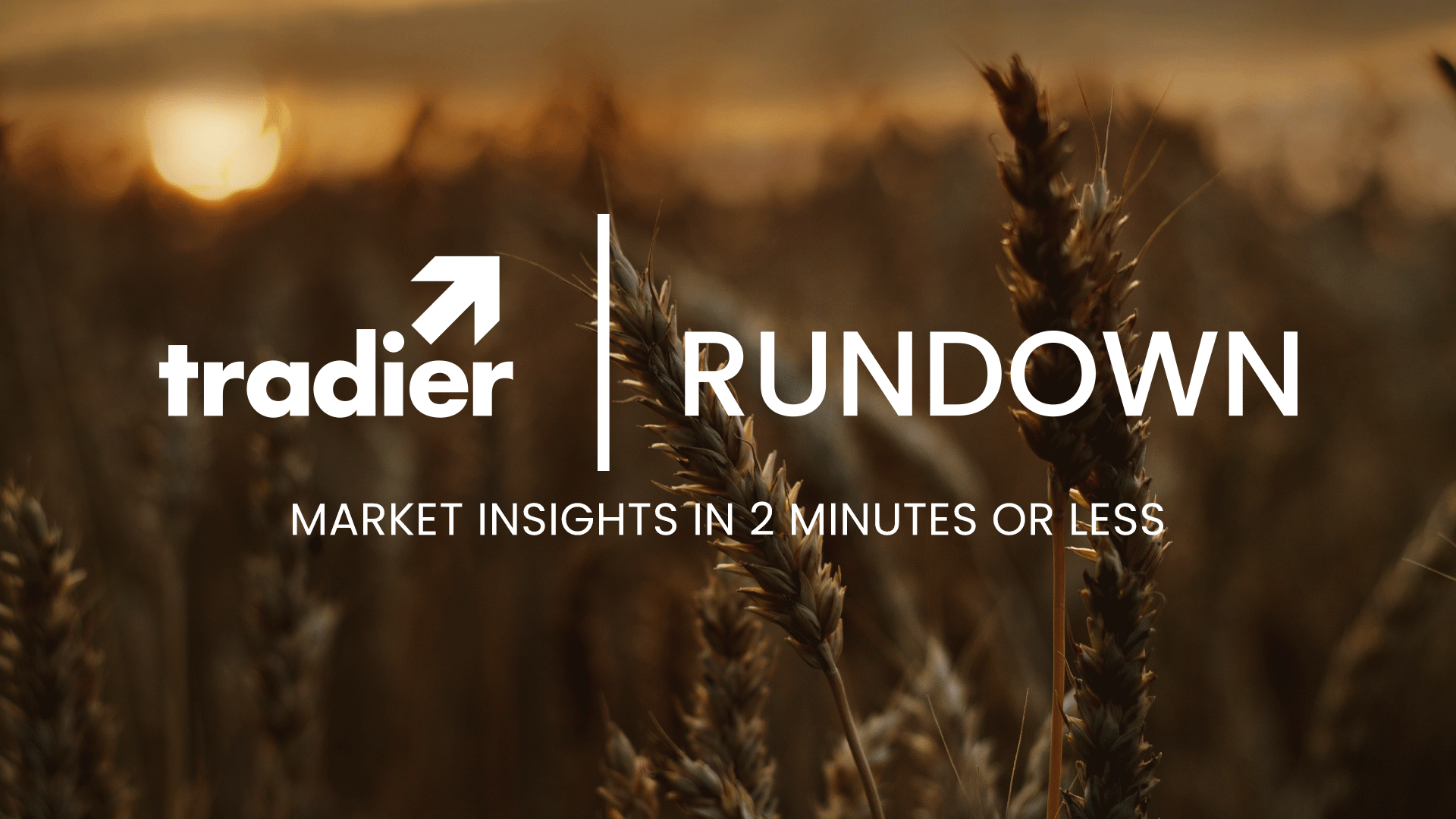
Experienced commodity traders watch forward spreads like hawks. Many prefer trading the spreads instead of outright long or short positions.
Term structure refers to the price differentials between one delivery period and others. Term structure, forward or futures spreads, and front-to-back spreads are synonyms for the price of the same raw material asset for one delivery date versus another.
These spreads contain a wealth of fundamental clues as they indicate significant supply and demand characteristics over time. In the world of commodities, two terms, backwardation, and contango, define the term structure and fundamental position of a market. While foreign to many market participants, backwardation and contango are critical concepts for the raw materials asset class.
Contango is not a dance – It is a supply and demand condition
- Contango is a condition where deferred prices are progressively higher than nearby prices.
- Contango tells us a market is in supply-demand equilibrium or a nearby oversupply condition exists.
- Contango can also reflect storage and insurance costs for inventories.
Backwardation points to tight supplies
- Backwardation is a condition where deferred prices are progressively lower than nearby prices.
- Backwardation tells us a nearby deficit or shortage condition exists.
- Tight supplies push nearby prices higher as the demand requirements exceed current stockpiles and production.
Term structure offers fundamental clues
- Term structure, or contango or backwardation in time spreads, are real-time supply and demand indicators.
- Commodity markets can swing from contango to backwardation and back as a function of price levels.
- The elasticity of demand measures how demand responds to price changes.
- Higher prices tend to cause demand to decline and vice versa.
- Higher prices tend to cause supplies to increase and vice versa.
Are backwardation and contango bullish or bearish for prices?
- Nominally, backwardation is bullish for nearby prices, indicating more demand than supply.
- From a long-term perspective, backwardation is bearish because it assumes higher nearby prices will lead to increased supplies and lower deferred prices.
- Nominally, contango is bearish or neutral for nearby prices as it indicates a glut or balances supply-demand fundamentals.
- From a long-term perspective, contango is bullish because it assumes lower nearby prices will lead to decreased supplies and higher deferred prices.
- “The beauty of backwardation and curse of contango” applies to those holding long positions in futures markets, who get to roll their risk positions to the next active or deferred delivery month for a credit during a backwardation. In a contango market, longs must pay a debit to roll risk positions to the next active or a deferred delivery month.
Success in any asset class requires education
- Contango and backwardation are examples of commodity nomenclature that describe supply and demand fundamentals.
- Market participants must do homework when trading or investing in any asset class, as prices can change in a heartbeat when the fundamental or technical environment shifts.
- Each asset class has specific and descriptive language and terms. Understanding these terms is a critical factor in improving the odds of success.
- Knowledge equals power – An uneducated investor and trader are always at a competitive disadvantage.
Thanks for reading, and stay tuned for the next edition of the Tradier Rundown!